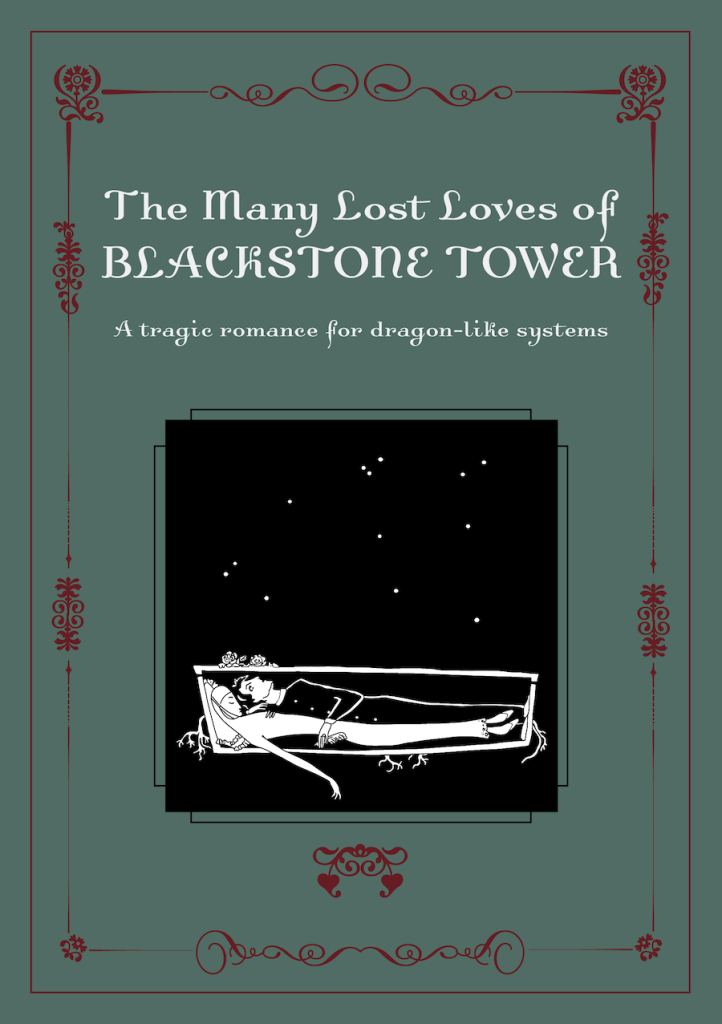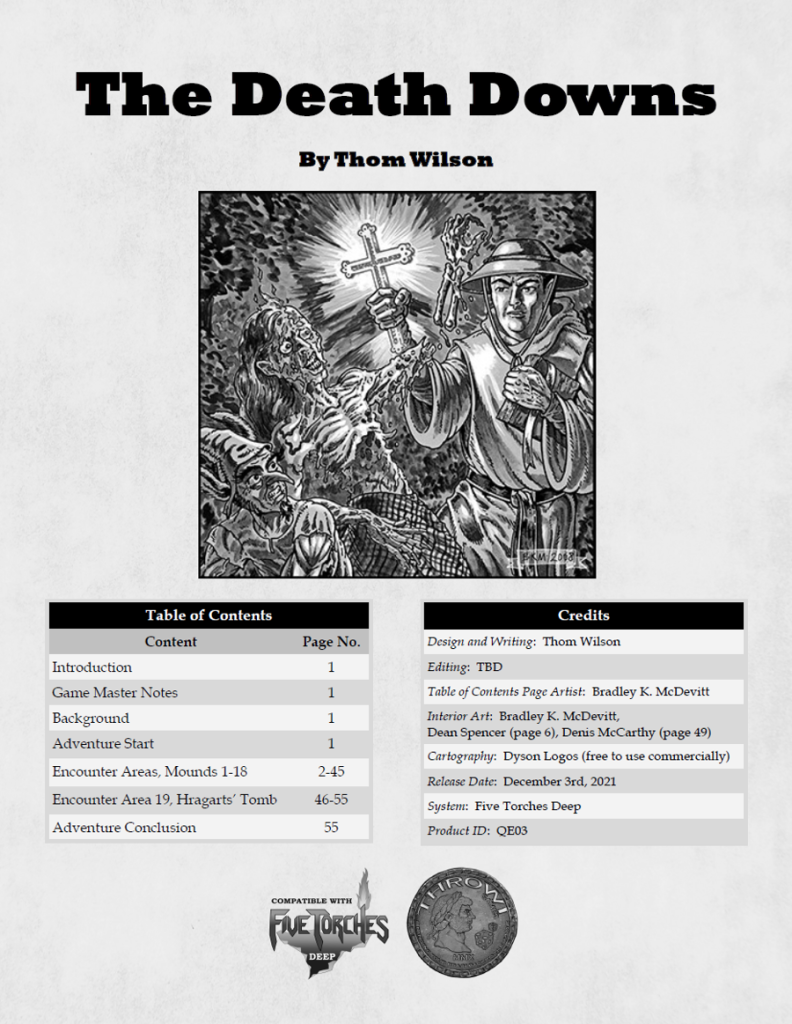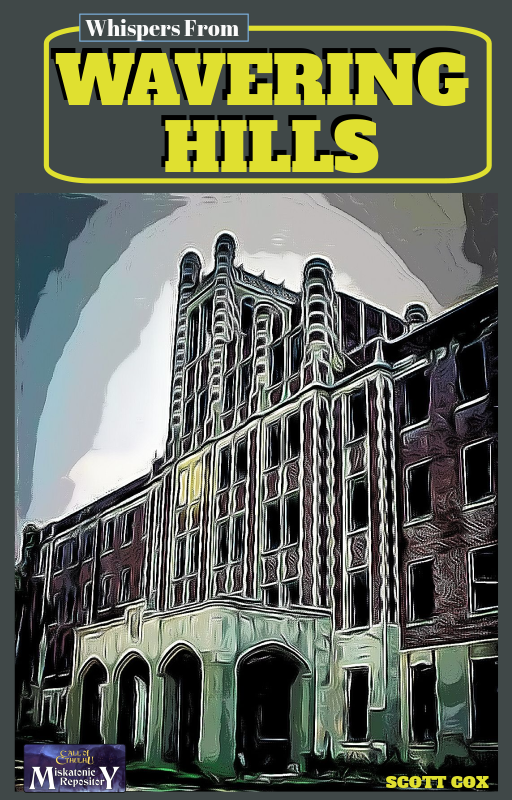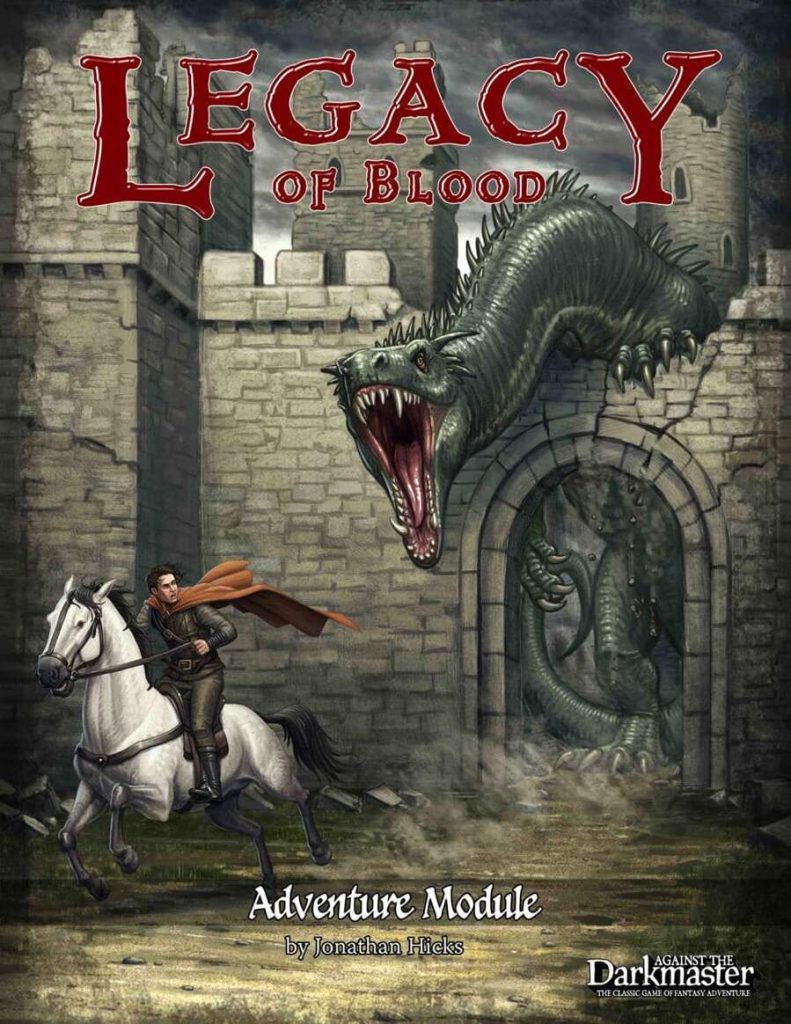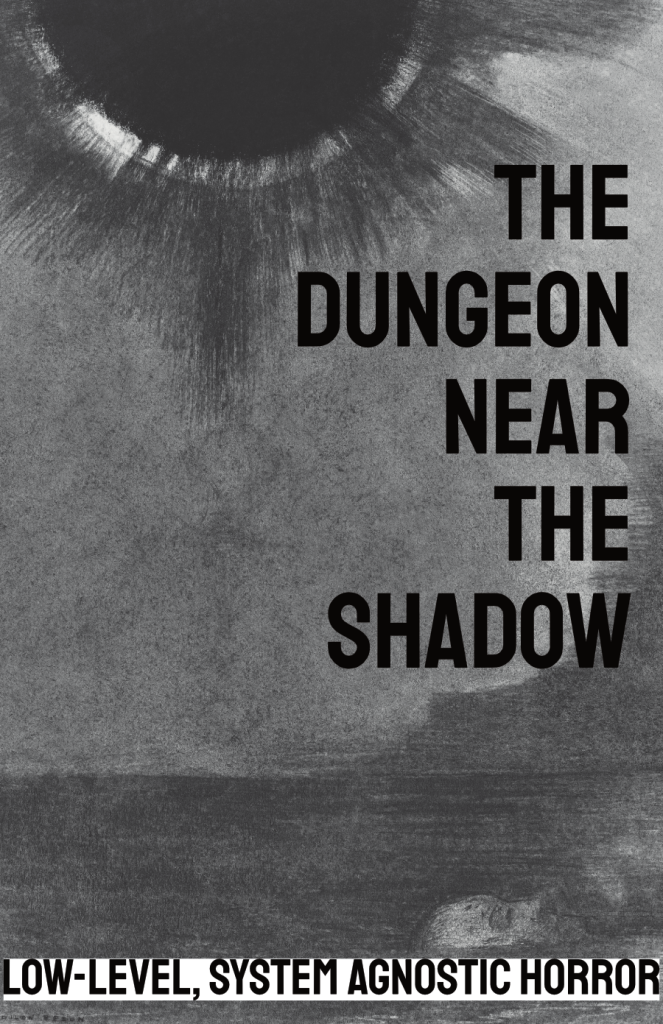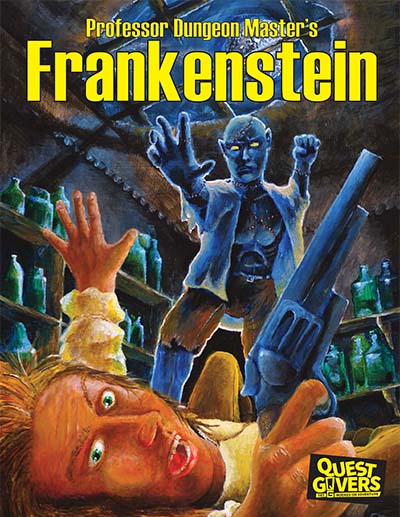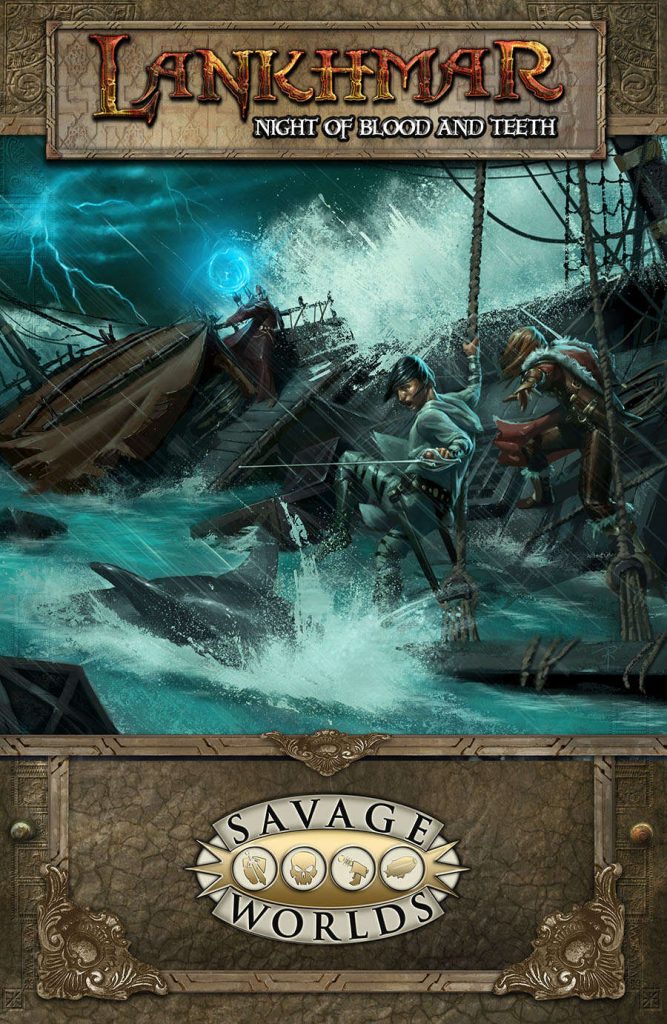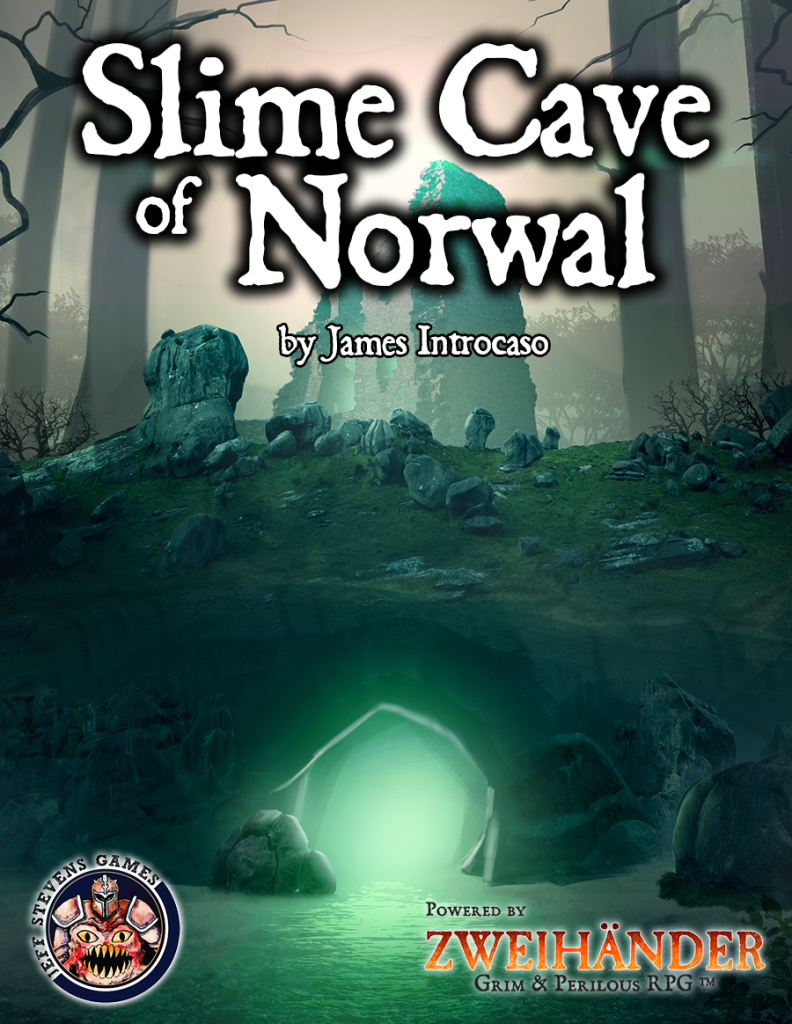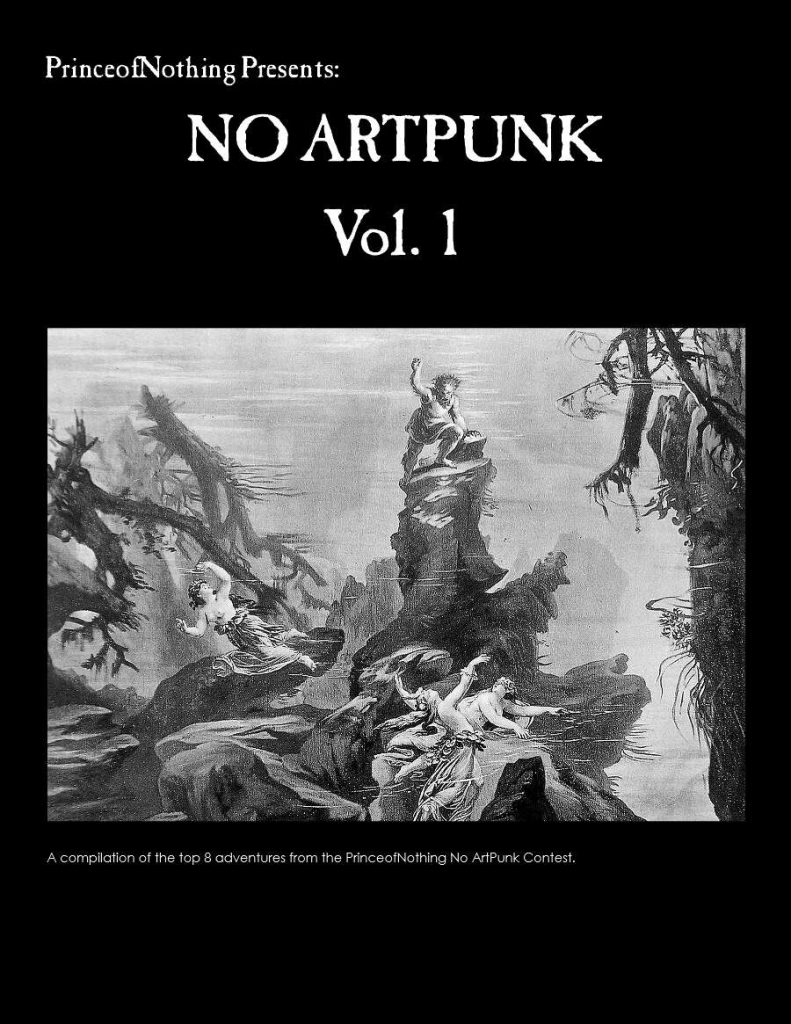
Ok, I’m back from vacation. The stupid fucking script I wrote can chill out now.
This is a compilation of the best eight entries from Prince’s recent No ArtPunk contest. Basically, you had to use published monsters, magic items, etc, with one unique allowance allowed in each category. Settle in, I’m reviewing one adventure at a time. Also, I admit that an orgy of women, wine, bread, circuses, and self-absorbed loathing kept me from reading Prince’s commentary earlier. So I’m going in to this blind. Let’s see what “winning” entries look like, shall we?
The Temple of Hypnos Olle Skogren Level 5 ACKS
On the shore of a great lake, in a verdant valley surrounded by steep cliffs, lies the Temple of Hypnos. On a sunny day the brass eyes over the main gate will flash and be visible from across the lake. A hooded ferryman in a narrow boat ferry visitors to the sandy beach near the Temple. Only 6 people with little equipment can be ferried at once, the trip taking 3 turns each way. The other way in is by the Road to Sleep which goes through a narrow pass into the valley.
This thirteen page adventure uses five pages to describe about 21 rooms inside a temple dedicated to the god of sleep. It uses standard two-column well, sucking all of the formatting life out of it, and provides good evocative descriptions and an adventuring environment full of things to explore. I consider this Baseline Quality.
Where to start, where to start. We’ve got a temple to the god of sleep and rumor has it that weird shit is going down in there all of sudden. Plus, you know, there’s this cloud giant in the forest that is too big to fit in and he’d like this silk tunic from inside. Also, Glaucas the greater is camped nearby with a group of 100 dudes, getting ready to raid the place. Might not be enough loot to split one hundred ways … might want to take a little looksy before he gets there, eh? That’s how you write from fucking hooks man! A fucking cloud giant with a voice like a whispering gale? Uh, fuck yeah! A dude gathering men to raid the place … and the party sneaking off early to raid it before he does? Uh … fuck yeah! And, get this, dude will show up AFTER the party loot the place … better pay his ass off if you want to keep the loot! That’s how to write some fooking hooks man!
This things is nothing to look at, formatting wise. Meaning that no fancy layout software was used. It looks like the designer just wrote the fucking up in a standard word processor, maybe even Google Docs, and stuck it in two-column. With intelligent use of bolding, underlining, italics, and text centering/alignment. I really can’t compliment them enough on this. It serves as magnificent example of just what you can do with the free shit on the Internet. The most basic of things, a two-colum from Gioogle Docs, provides decent formatting and ease of use. Sure, there’s a place or two where things could be better. A little more use of white space, and some of the treasure lists tend to run on line after line. Think of things like spell lists and paragraph breaks without indents, for example. That could be much better, but, again, google doc two-column! You don’t need fancy fucking tools to crank out an adventure.
The map looks like the most complex thing in the adventure, from a formatting/tools standpoint. It’s pretty clear map, not at all symmetrical (Ug! I hate symmetrical temple maps!) with some light use of color to help, along with simple stars for statues, relative to their size, and so on. Very clear and easy to read, with only the room keys being too small. That might be better if it were printed out, but, I still think a little work could have been done here to improve things and make the keys easier to immediately grok.
The writing style is generally very good. It’s evocative and relatively terse. The entrance is described as “50′ tall Doric columns hold up a massive roof of black-gray shale slabs. The frieze is crowded with painted carvings of humans and monsters in repose. The parting triglyphs are carved into poppies and painted red.” That’s not bad at all! It forms a strong mental image. Or in room one 20’ tall doors of blackwood with a pair of brass ovals formed as sleepy eyes hanging over them; one is crooked creaked an unhinged impression.” Short and sweet. I like it! One room description has “a domineering satyr teaching an increasingly frustrated bugbear the harp.” Domineering. Teaching. Frustrated. One short sentence overloaded with the right words to create an effect that helps the DM immediately know how to run the room. Monster descriptions are great. Bugbears that look like large shaggy men in midnight blue robes and beaten copper masks in the image of hypmos. Voices droning & monotone. That’s how to write a fucking monster description people. MIDNIGHT blue. BEATEN copper masks of Hypnos. Simple descriptions that use the right words to immediately evoke the vibe. Rock On Oll whoever the fuck you are! Note the tserseness and the specificity Not cultist garb. Not robes. Midnight blue robes. Not masks. Beaten copper masks. Two extra fucking words making it specific. That’s the fucking specificity I’m talking about!
Interactivity is great. It’s written as a location that exists aside from adventuring. Things are going on inside. It’s not written explicitly to expect the adventuring party. This gives it a more “module”or sandboxy feel. Feel free to drop by and visit for awhile. Witness the freakiness. Try to avoid being abducted. Covet the loot out in the open. And then maybe get holy hell rained down upon you. One of my favorite moments is a well, a shallow pool full of water. Shadows dwell on the bottom, but only attack if you fuck with the water. A kind of well of souls kind of thing. In other places, shadows could meet their former human zombified bodies and merge with them, coming back to life in a daze. This makes sense. The elements here are, as with all No-Artpunk entries, standard D&D. But they are used in a fashion that makes sense. It’s not the throw off kind of D&D where you just walk in to a room and fight three shadows. They MEAN something here, specific to their environment. This is the kind of neutral adventuring environment that I love so much. Neither against or for the players, but standing apart to exploit or be exploited by an adventuring party.
I have no idea who the fuck the designer designer is. Hey, Olle, whoeever the fuck you are: Good jorb! If this is typical of the winning entries then this will be a very strong volume of adventures, indeed!
This is Pay What You Want at DriveThru, with a suggested price of $10. Proceeds are going to the Autism Research Institute. A subtle dig?
https://www.drivethrurpg.com/product/379533/No-ArtPunk-Vol-1

